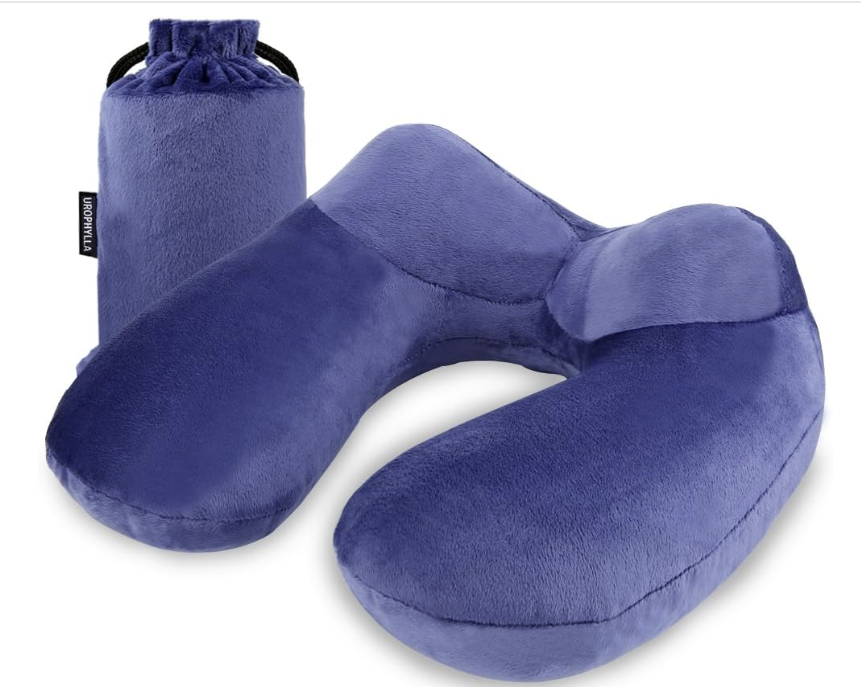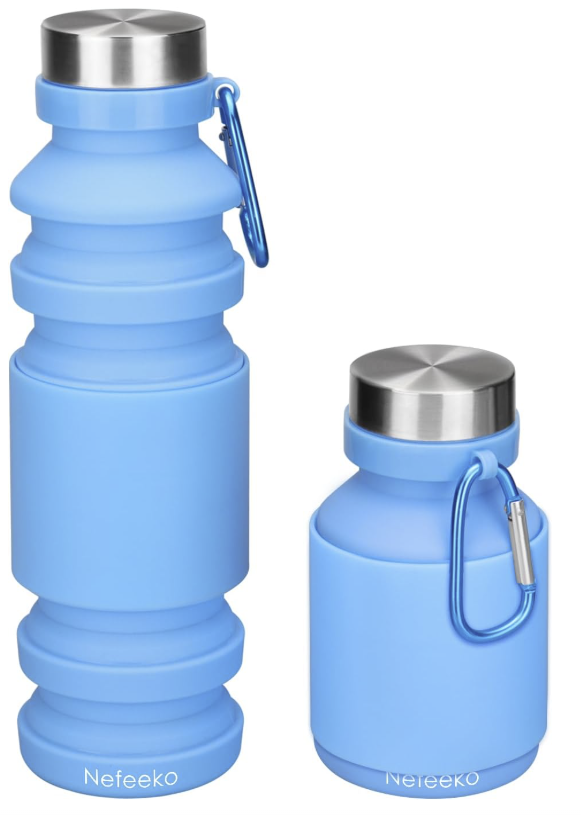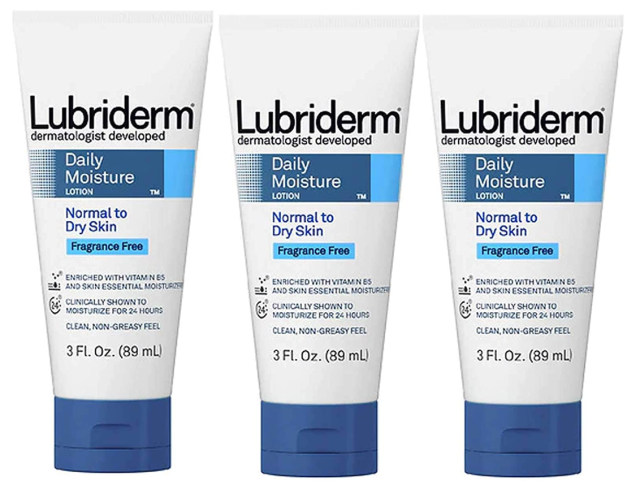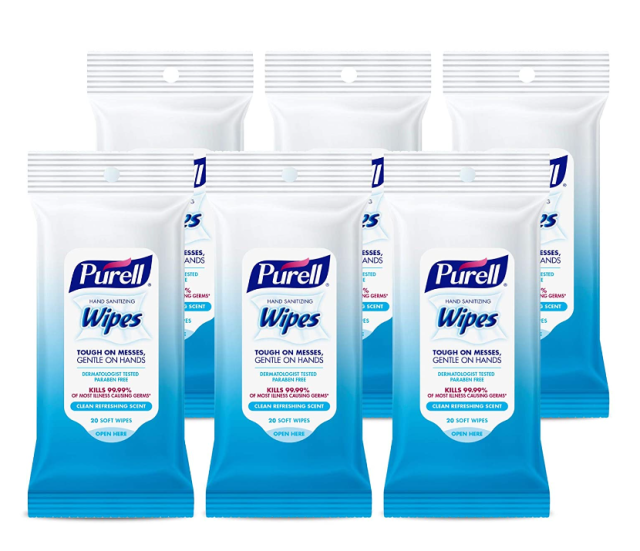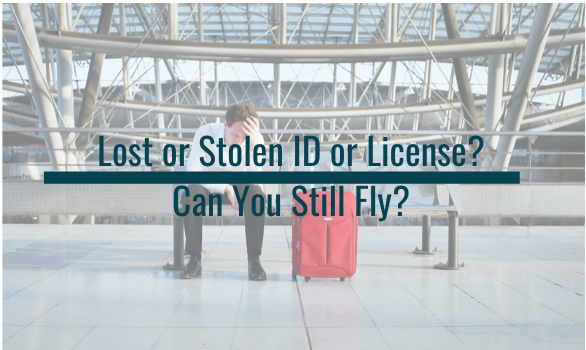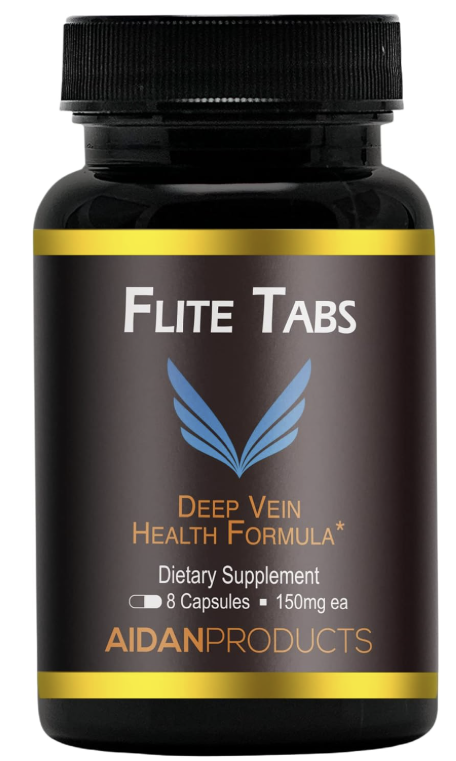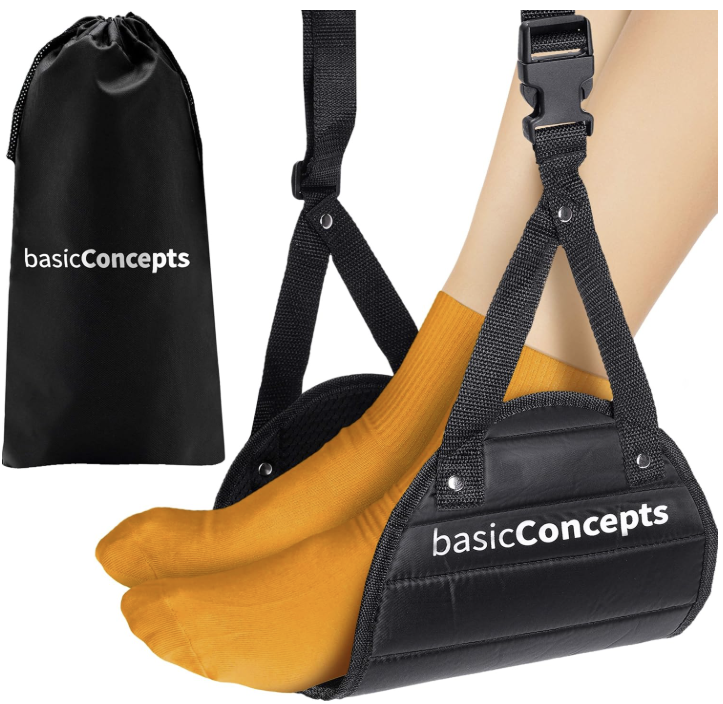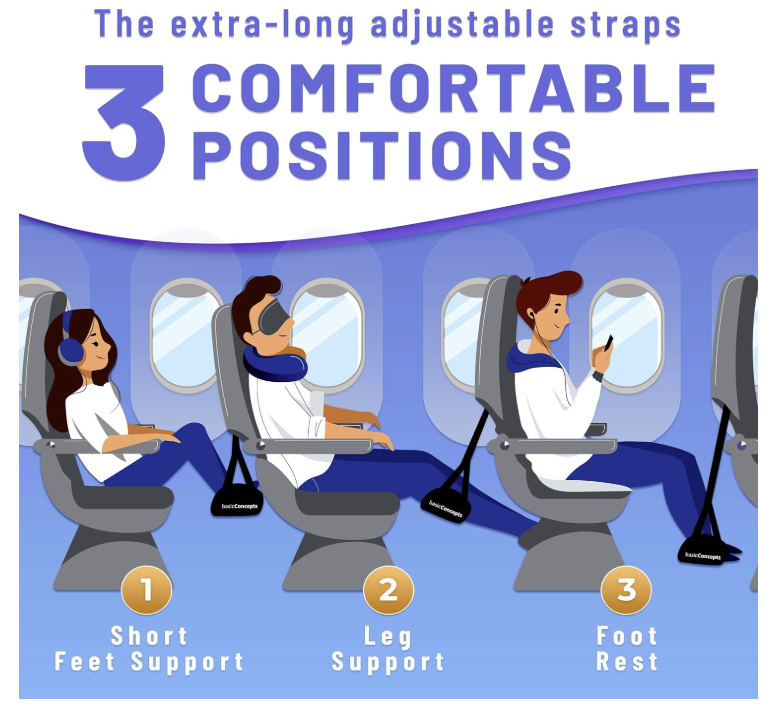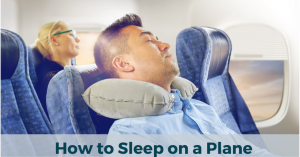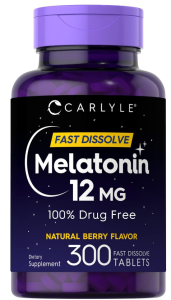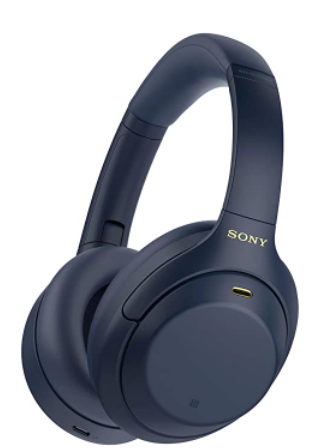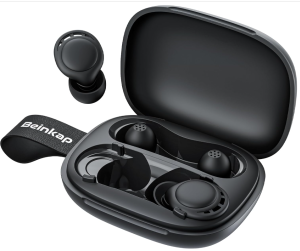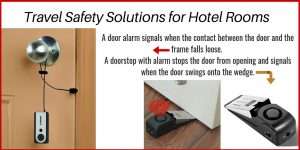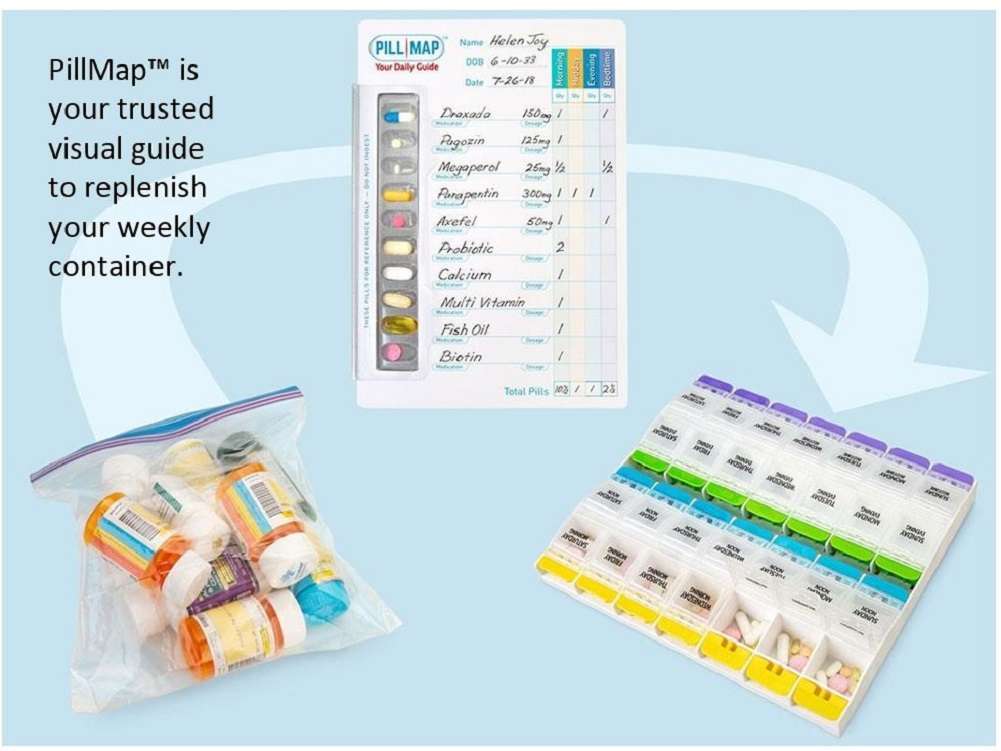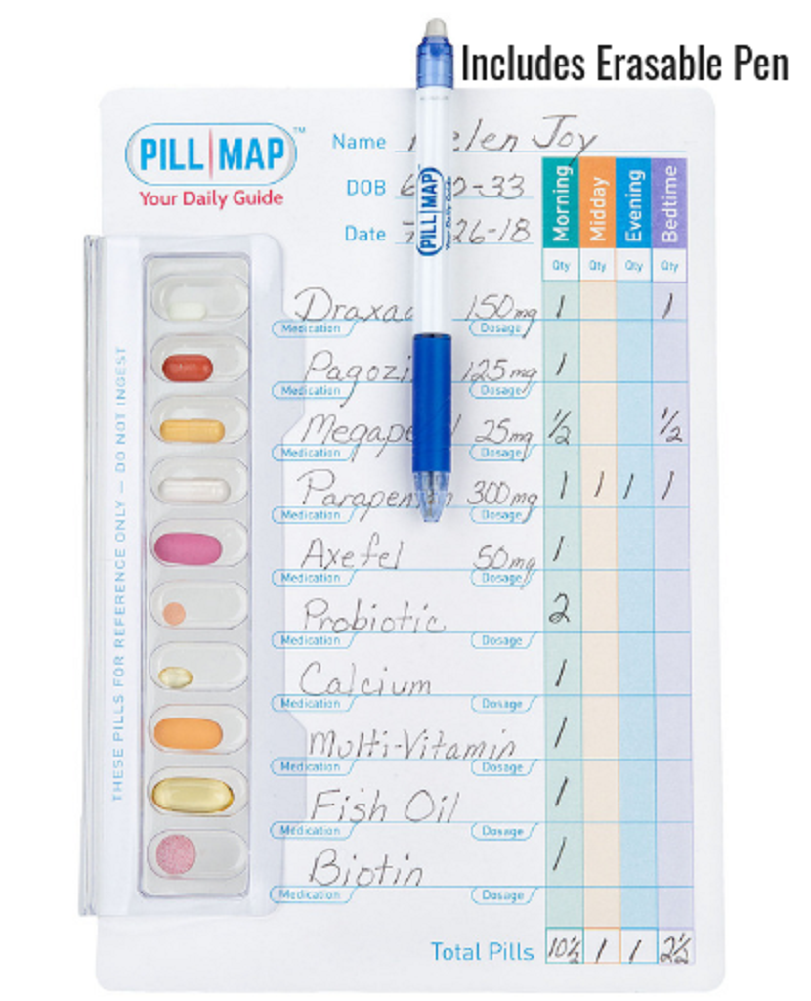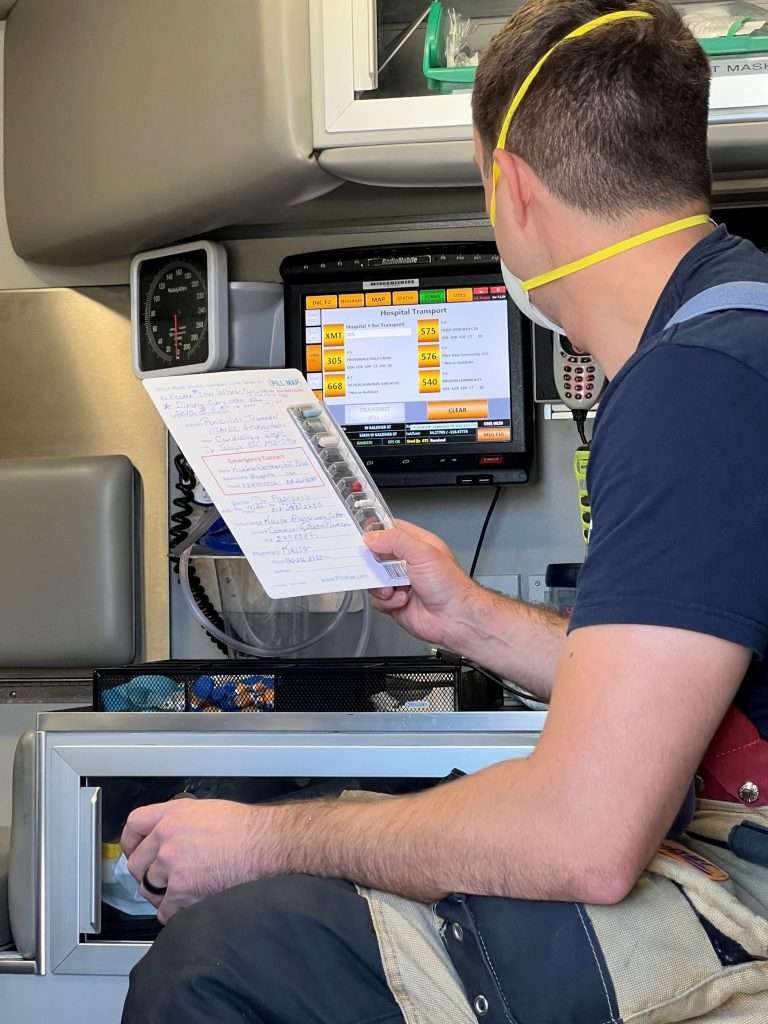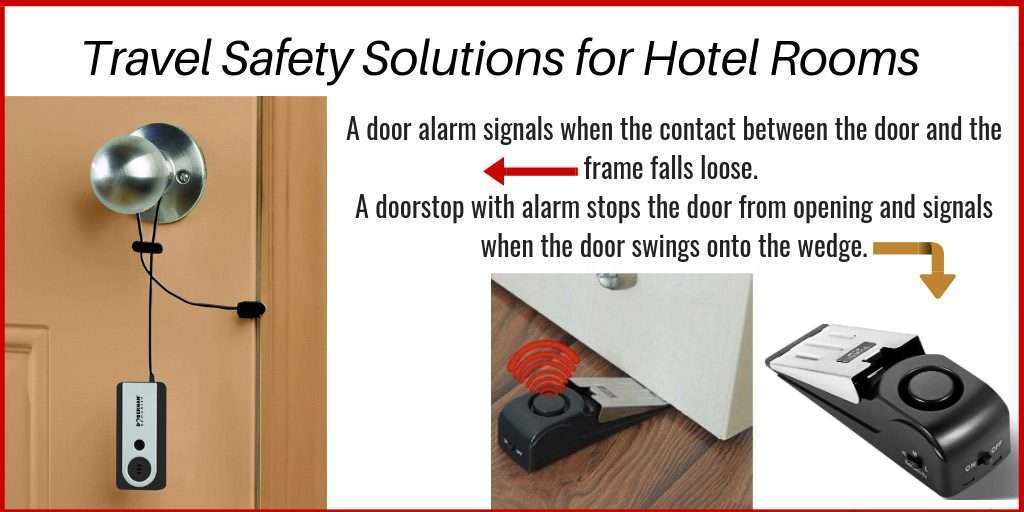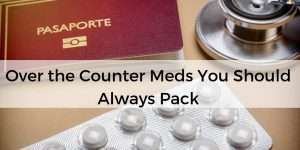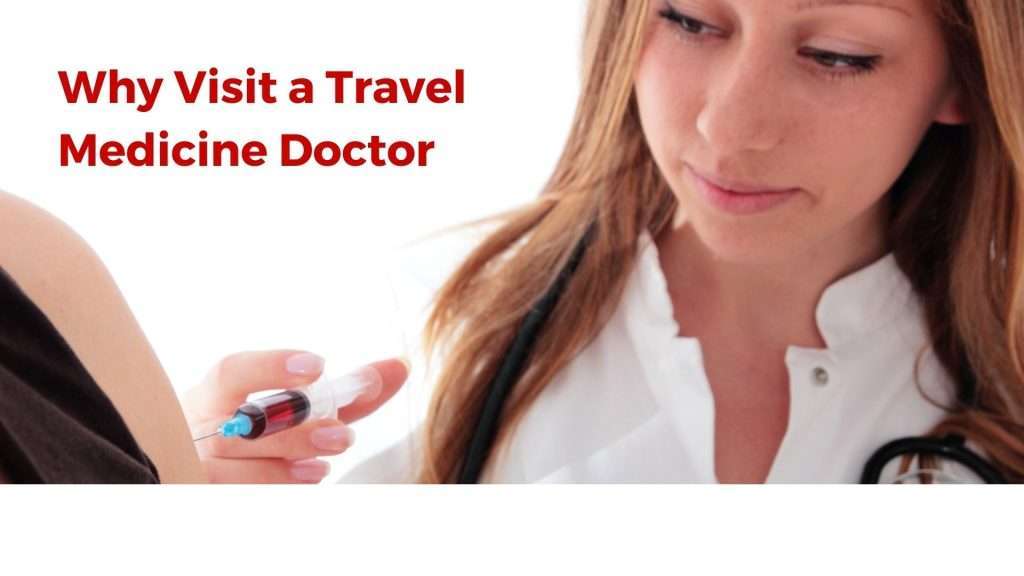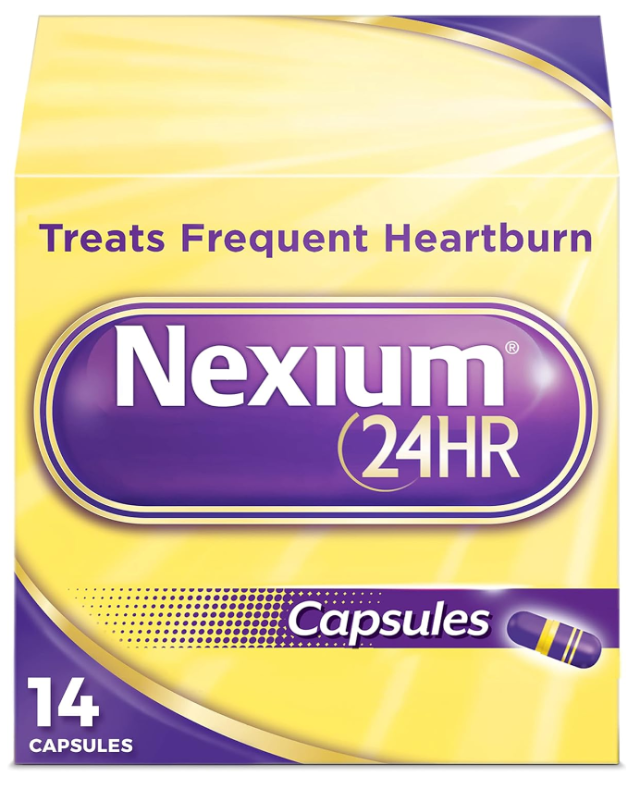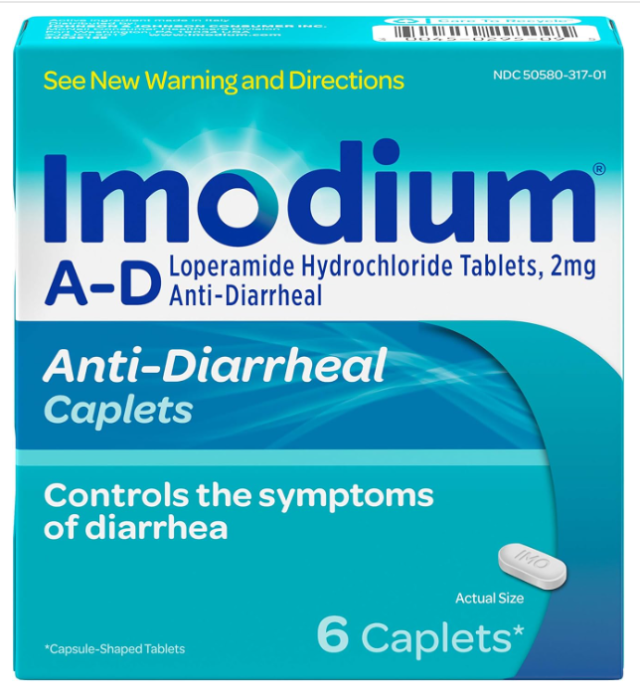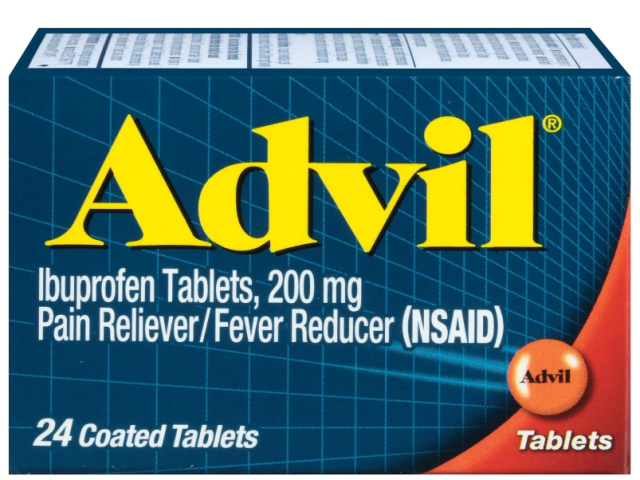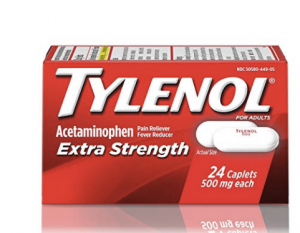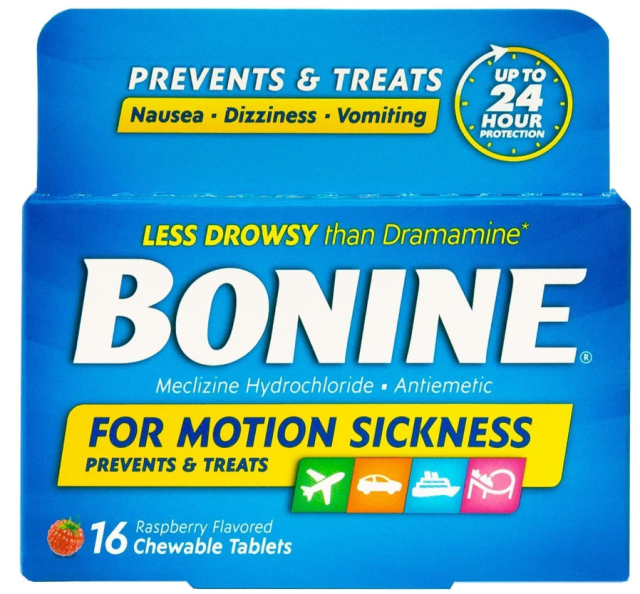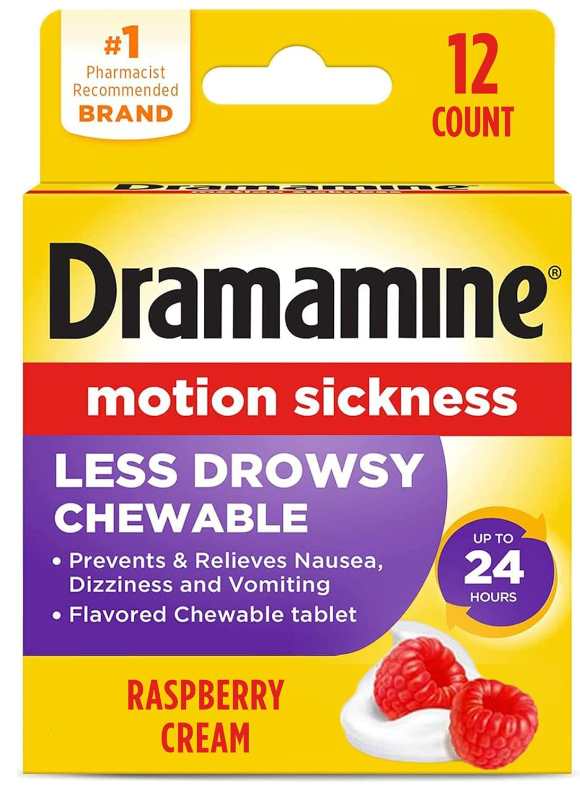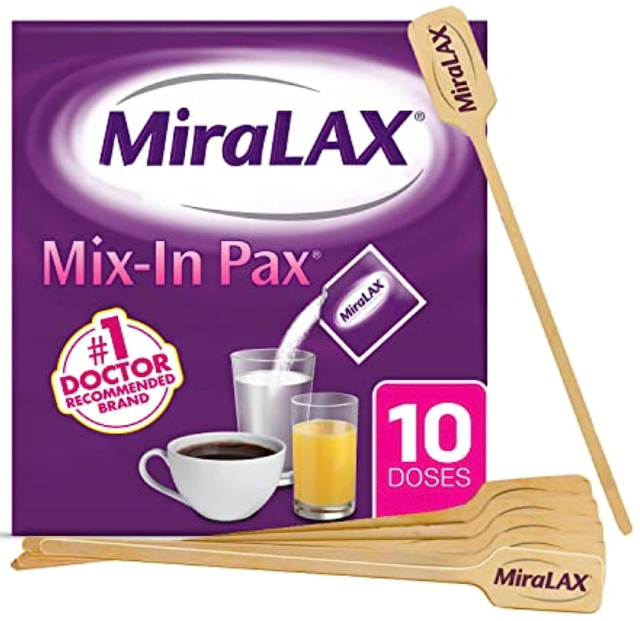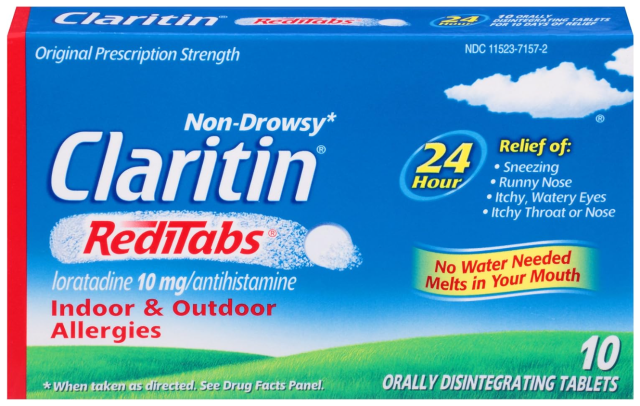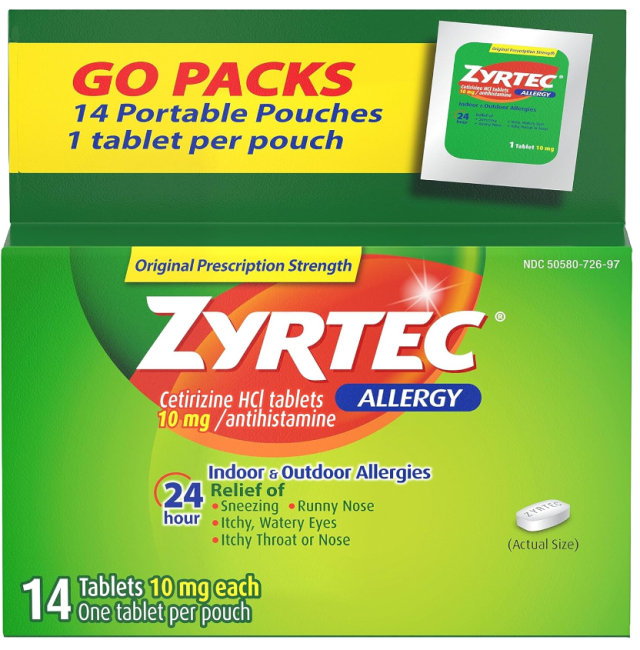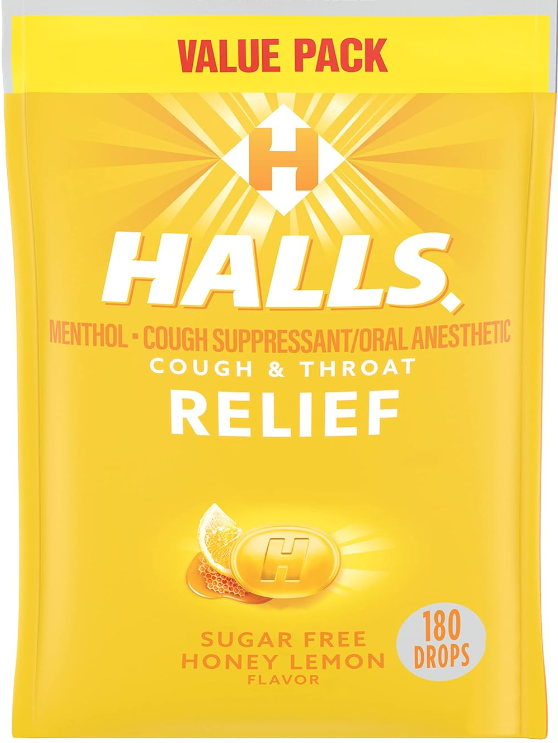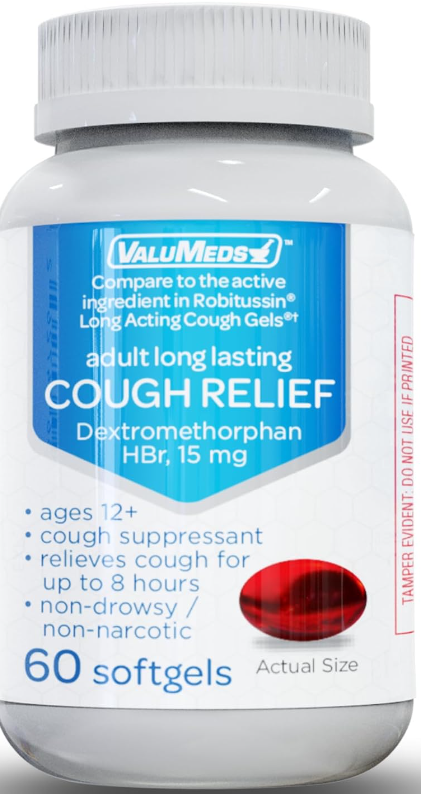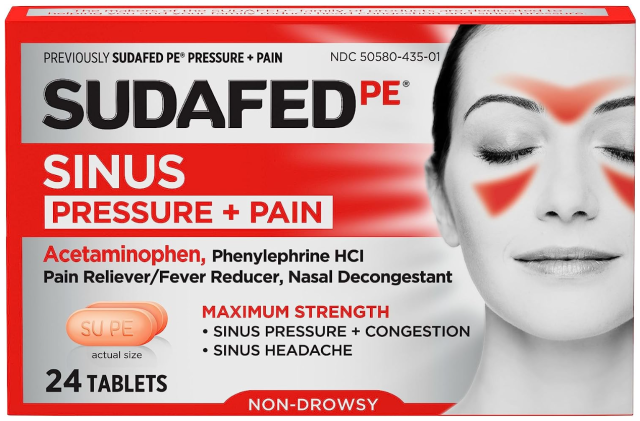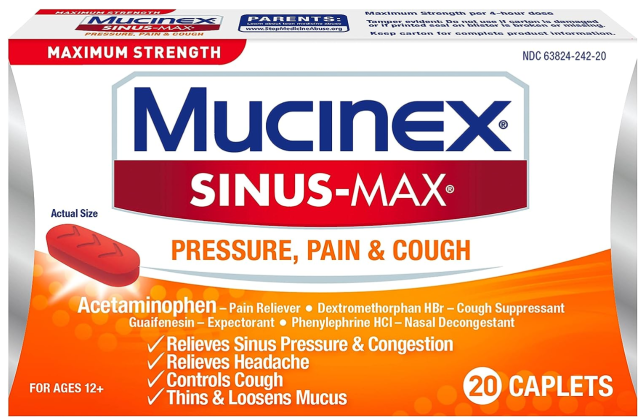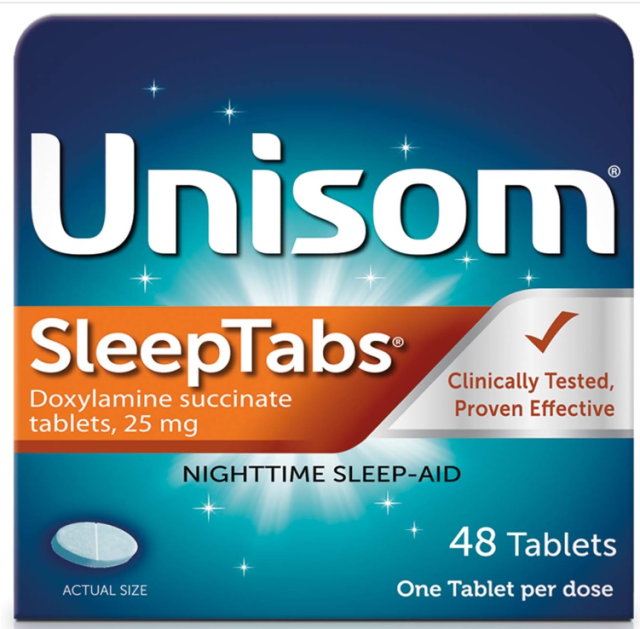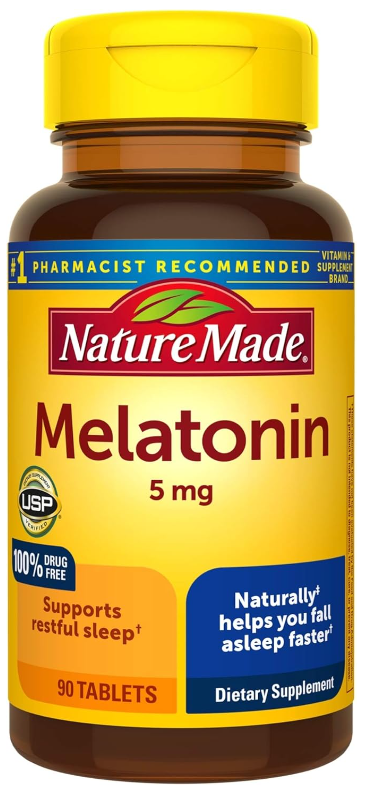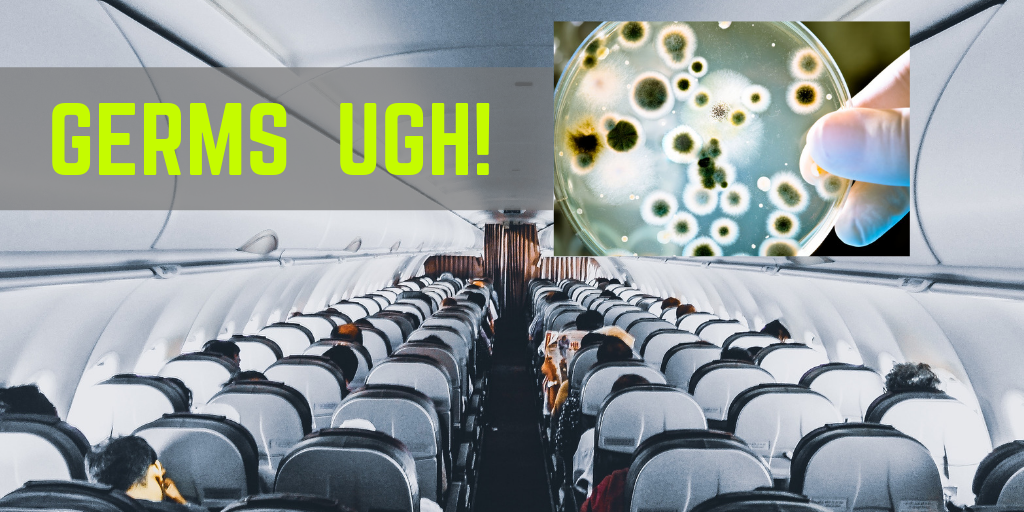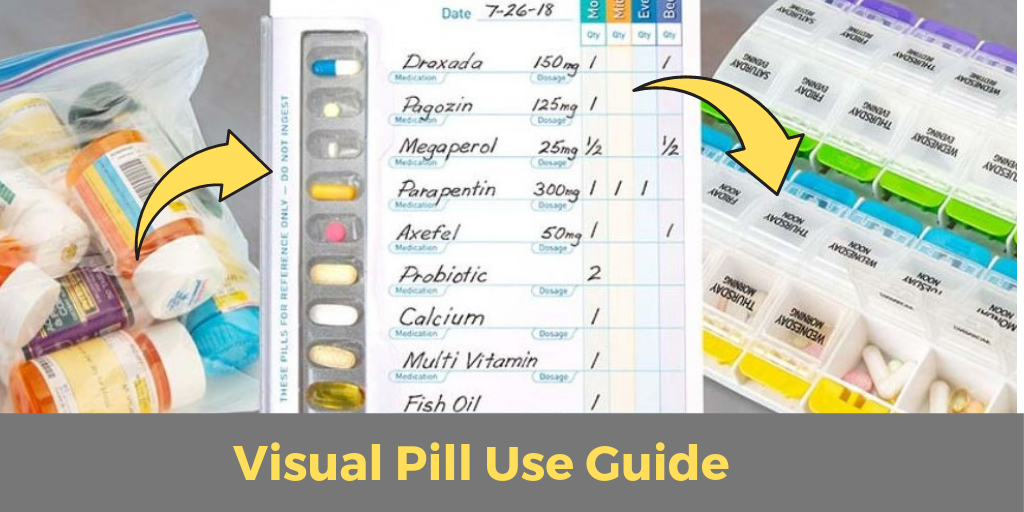Whether you’re flying domestic or international, you’ll want to make the time you spend in your seat as comfortable as possible, especially if you’re in economy class. Keep these in-flight travel essentials always packed in a small bag with your luggage; that way, they’re ready to go when you are. Buying ahead will save you money on any last-minute purchases at the airport and reduce the stress of not traveling prepared.
Personal Comfort on Board
Inflatable Neck Pillow
If you’re like most travelers, you really don’t want to add bulk to your carry-on items, that is why you should try out an inflatable pillow. Inflatable pillows weigh less and are compact, so they easily fit into the bag you carry on board. Select a good quality inflatable neck pillow that is covered in a soft, flocked material for comfort. Another advantage of an inflatable pillow over one that is not is that it is adjustable. For example, if you inflate your pillow before reaching cruising altitude, you can deflate it a bit once you reach altitude to get just the right amount of firmness.
Related: Read more about the best way to sleep on a plane
The air on board is dry and dehydrates your lips, skin, and can make you thirsty too. As a matter of fact, frequent flyers recommend you drink at least one cup of water for every hour you’re in the air.
Travel Water Bottle
Getting that water can be a challenge and expensive if you buy water at the airport after you have cleared security. The solution is to bring your own reusable and collapsible water bottle. It’s a money saver at the airport and it’s good for the environment. Fill it up at a hydration station before boarding and then ask a flight attendant to refill it. This one has a convenient carabiner clip too.
Lip Balm
Lips, for both men and women, as well as children, dry out quicker while flying. Make sure you keep a lip balm in your flight essentials bag. I prefer a balm over a lip gloss because it tends to seal in moisture and is more emollient. The SPF factor doesn’t matter, but if you get a balm that has one, you can use it while outside as well to protect your lips from harmful sun rays.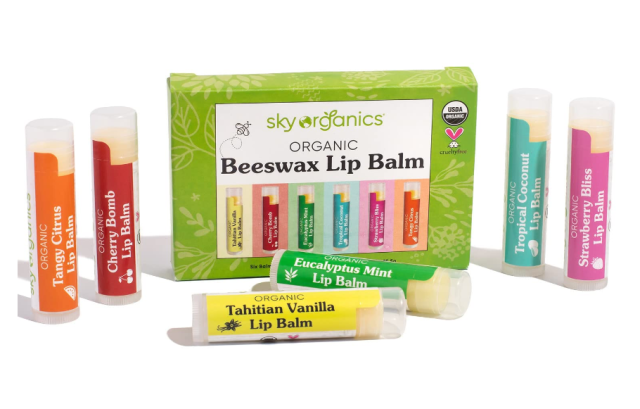

Hand or Face Lotion
Skin drys out quickly in the dry cabin air. Using a moisturizer on all exposed skin can help you have a comfortable flight. Advice concerning size; select a tube or plastic bottle that is less than 3 ounces to stay within the TSA carry-on regulations. Advice on fragrance; select a formula that is fragrance-free if you can. If you’re applying it a few times during the flight your seatmates will appreciate that they don’t have to smell your favorite scent. You’ll want to apply lotion to your neck and face too, again a reason to avoid a potentially irritating fragrance.
Hand Sanitizer
You particularly want to stay healthy when traveling whether it’s for business or pleasure, and you want to help keep your family healthy too. One way to be less vulnerable to germs is to use a hand sanitizer frequently. Choose wipes, they can’t spill and are easy to carry. You can use wipes on surfaces, not just to wipe your hands. The germiest places on a plane are the armrests, seat buckles, and tray tables. If you do choose a bottle select one that is less than 3 ounces and we suggest selecting an alcohol-free formula because it is less drying.
Gum
Chewing gum is a tried and true way to counteract the effects of cabin pressure changes and ear-popping pain. The choice here is to select a refreshing flavor so you can freshen your breath after eating and again just before landing and deplaning your flight. It’ll help you feel refreshed at your destination too. Small packets are great for travel and stay fresh longer.
Entertainment and Tech Travel Essentials
You should plan on being self-sufficient when it comes to entertainment on your flight. Your flight may not offer seat-back screens and only access to their app to get entertainment. Plan ahead.
External Battery for Your Electronic Devices
Bring your own power, even if your devices are fully charged you may want additional power. While many airlines are offering USB charging ports near your seat, not all are yet plus you can’t always count on them to work. On my most recent flight, my power port was broken. Make sure you pack your backup power source in your carry-on bag.
Headphones
Enjoying quiet or listening to a podcast, music, or watching a movie is better with your own headphones. Over the head or on-ear versions can offer more options and more comfort than ear-buds. Look for noise-canceling features that can help you rest while flying.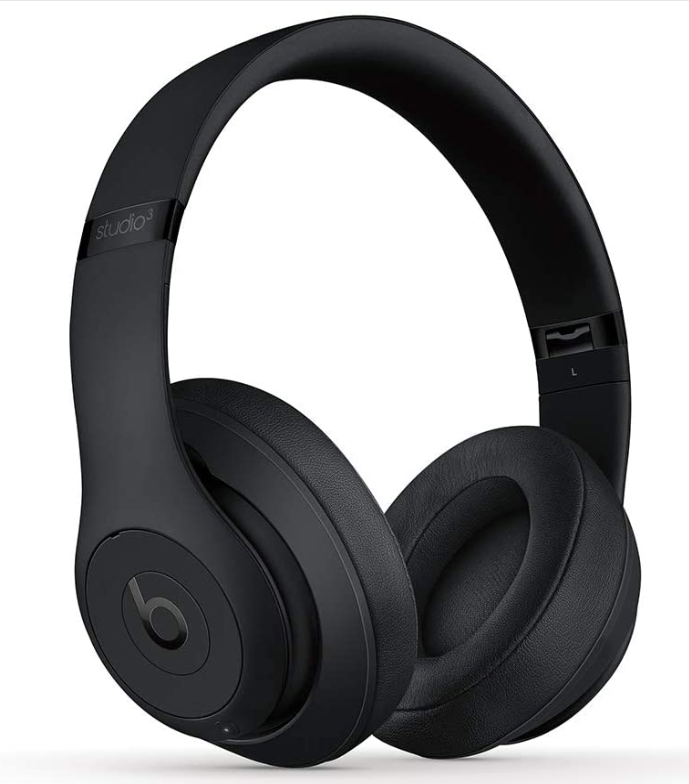
Tablet
Reading a book or watching a movie on your small phone screen is not ideal. Consider investing in a tablet for your entertainment pleasure. Compare an e-reader like the Kindle Paperwhite and the Fire Tablet, that you can download TV shows and movies too.
Snacks
Consider bringing small and lightweight snacks to enjoy during your flight. Most likely you can purchase snacks on board but they can be pricey. And to add injury to insult if you’re seated towards the back of the aircraft they may run out of the item you want by the time they reach you. Protein bars, granola, and chips are choices that you can enjoy at your destination if you elect not to eat them on the plane.
The bottom line on Inflight travel essentials
Think ahead about what you will need to make your time while on a plane most comfortable. Next, act on your particular comfort needs, whether it’s packing a sweater for warmth or packing your favorite entertainment or snacks. Arriving at your destination relaxed and happy because your flight was pleasant is worth the effort now.



